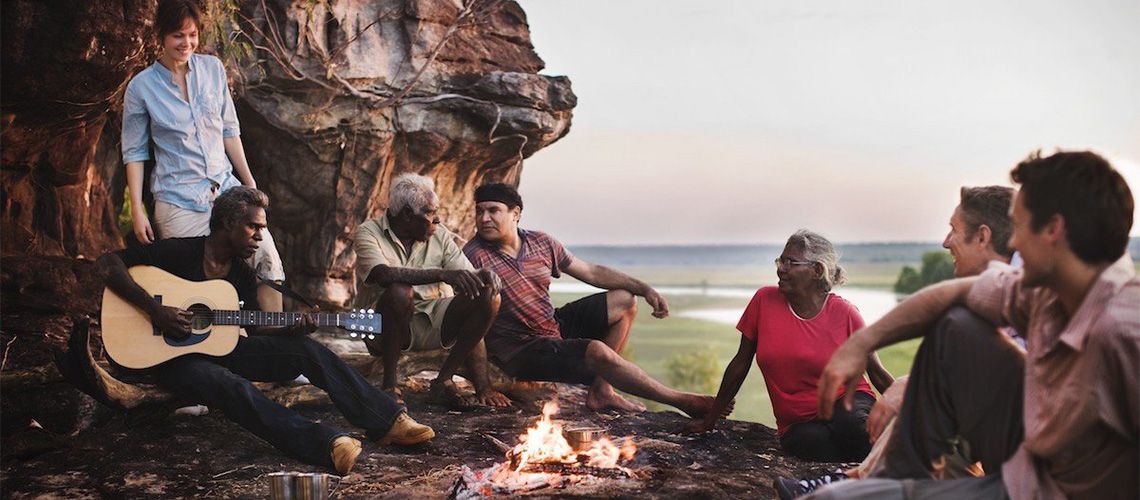On the eve of our most contentious Australian public holiday, it's a good time to acknowledge that a celebration for some [who doesn't love a day off work and a barbie under the summer sun?] is a symbol of survival for others.
Acknowledging Country
This land we all share, has never been ceded. Sovereignty of the collective peoples who form the oldest living culture on Earth was usurped. Cut to present day: We're all here now and the goal is to respectfully move forward together whilst paying homage to the First Peoples and the land. Collaboration is key.
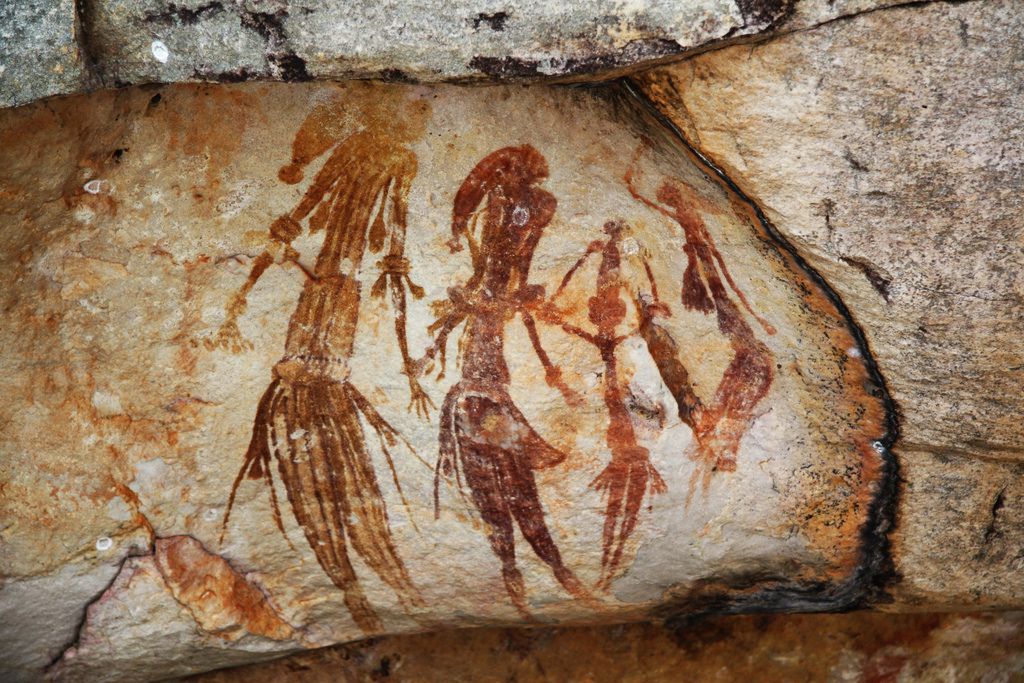
The original caretakers know how to manage this land after tens of thousands of years. Something we should all take notes on and practice.
Decrowning our legacy
In the process of turning their new colony into a replication of the old, the English imposed systems they knew onto an ill-fitting canvas. What could possibly go wrong?

250 years on, we can see clearly what did, most notably the ecological devestation from degraded soils, parched watereways etc. Worse is the decimation of arguably the world's first social engineers, architects and agriculturists. What remains has been branded with names associated with genocidal practices. History is always written by the victors. Salt-rubbed wounds everywhere.
These tangible scars provide us a starting point however to collectively heal and make a difference. But what does decolonising look like in real life beyond pretty impassioned words? Can we measure that in areas within our control, like our homes & gardens?
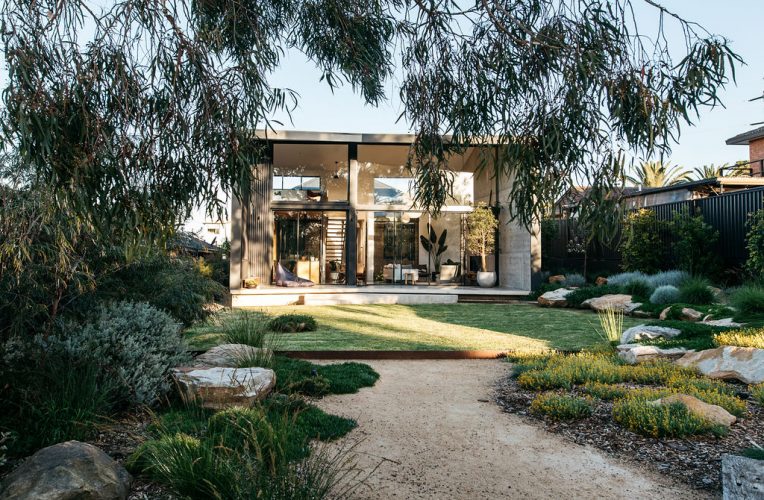
Growing native
Growing native plants and bush foods in our own backyards has a myriad of benefits. It's a no brainer that if you grow what is endemic to the area, in a preferred growing environment it's most likely to grow well. Plants are naturalised and their seed holds memory for many generations.
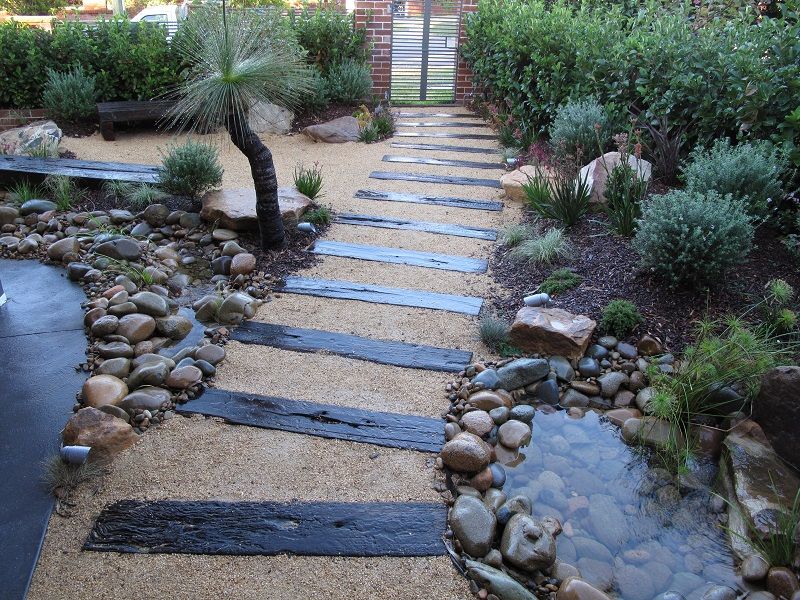
Benefits:
1. Biodiversity - Offers habitat for local insects, birds and animals. Restoration of wildlife corridors in urban and pastoral areas bear testament to this. If you plant it, they will come.
2. There's no place like home - Working with, not against nature isn't exactly rocket science. Natives are best suited for our climatic/soil conditions and typically have adjusted adaptations regionally. Use endemic plants suited to your distinct biogen and they won't require watering after establishment.
3. Let food be thy medicine - Hippocrates said it but there was undoubtedly many others who spoke it here first. Many bush plants have medicinal and food uses. Others are used for building, tools, fishing, weaving etc.

4. No risk of invasiveness. Ironic much. Native plants already belong here and speak to the land and vice versa. Operating as cultural portals even. They spurn chemicals and unnecessary additives. They don't create environmental travesty like the introduction of widespread exotics.
5. Economically viable - When you use the correct tool for the job it makes life easier. Rinse & repeat adage for any system. A native garden overtime results in less plant replacement. They're mostly hardy perennials who will outlast the distance over many others. And beautiful to boot.
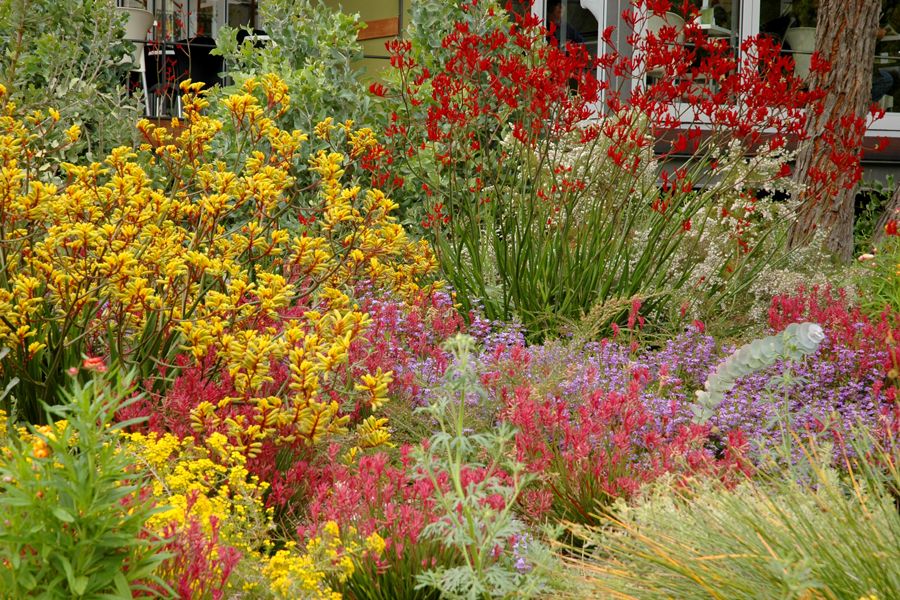
6. Low requirements - Natives aren't needy. They prefer a subtle mineral release aided & abetted by the customised mycelium network. This amplifies when grown in like-minded company with other endemic species. Never use manure or rich compost. They prefer leaf or bark mulched soils, just as you'd find them growing in the wild. Once established they almost thrive on neglect! They just want to be admired from afar and left alone. Can relate.
Regenerative agriculture
Regenerative farming is a holistic approach to land management in deference to the old ways. If there were a three word tagline it would be: "do no harm".
As we are now also caretakers of this land it seems like an important mantra. Regen integrates many aspects of permaculture scaled up to keep water in landscapes, rebuild soils, store carbon and maximise biodiversity.
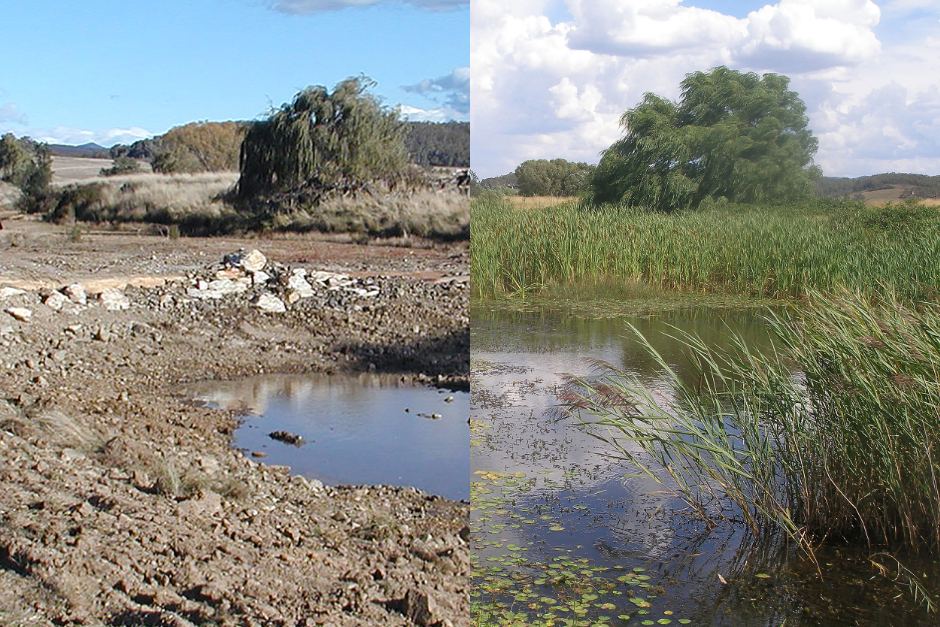
This practice minimises impacts from inundation and bushfires whilst reinvigorating the land. It respects and often borrows knowledge from the original caretakers. It's the current buzz because it goes beyond sustainable. Because sustainable is an oxymoron.
We can integrate regenerative practice on a macro scale in our lives by supporting those who do and also doing what we can in our own backyards. Not just the domain for healing spent pastoral lands via strategic replanting. We can wield these tools in our own gardens to manifest ecological sanctuaries. Happy little patchwork gardens!
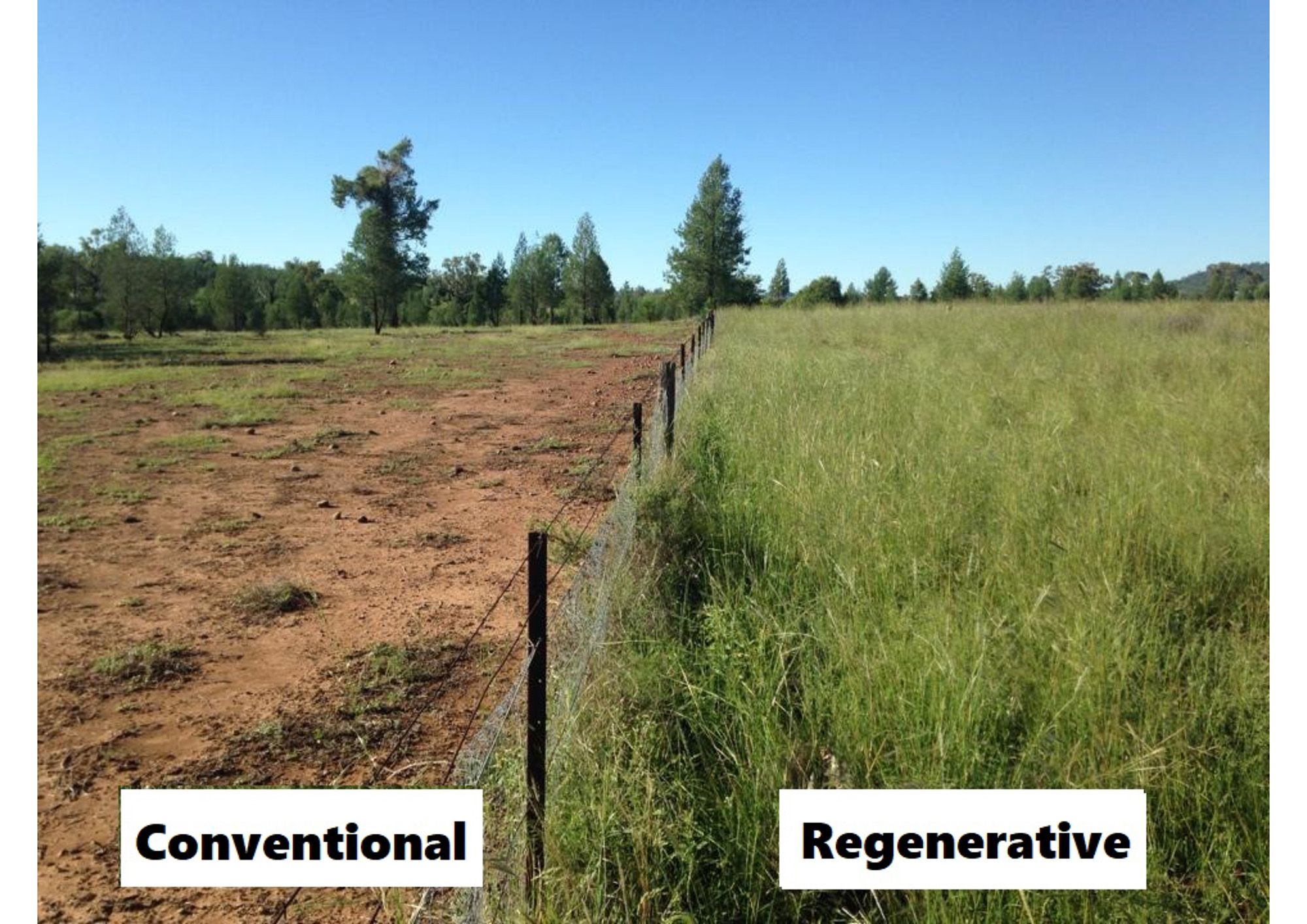
What's in a name?
“What's in a name? That which we call a rose/ By any other name would smell as sweet.”
Aboriginal knowledge and spirituality is closely tied to the land. The cultural interconnection with plants & places is elevated through an oral tradition which maps aeons.
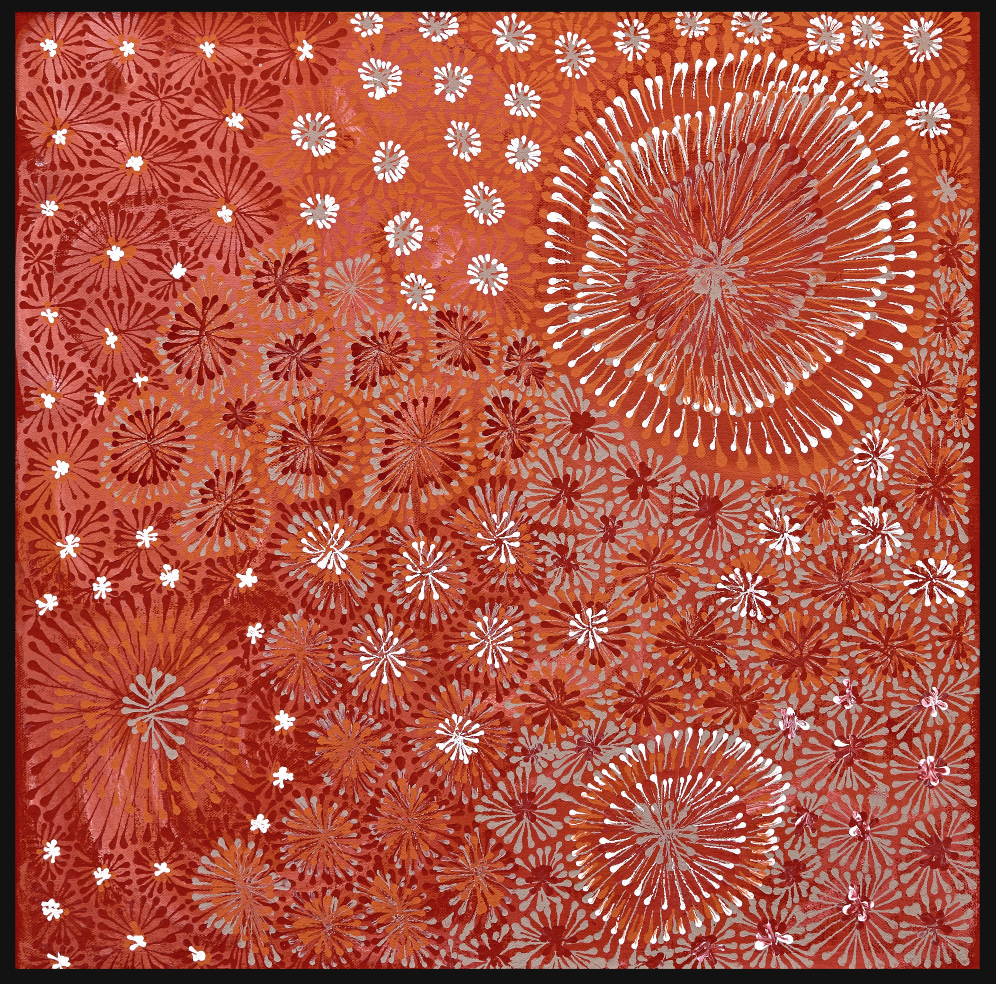
Knowing a plant's ancient ID is a privilege. Each has a story which belongs to this place and more throughout time. True names hold power and link to the intangible, to spirit, something which exists beyond our narrow senses.
From Europe we imported the methodology for Latin botanical classification. Australian endemic plants and people have their own propriatory system and are reduced if we try to fit them into a square hole when they're a round peg. So much of the story is missed.
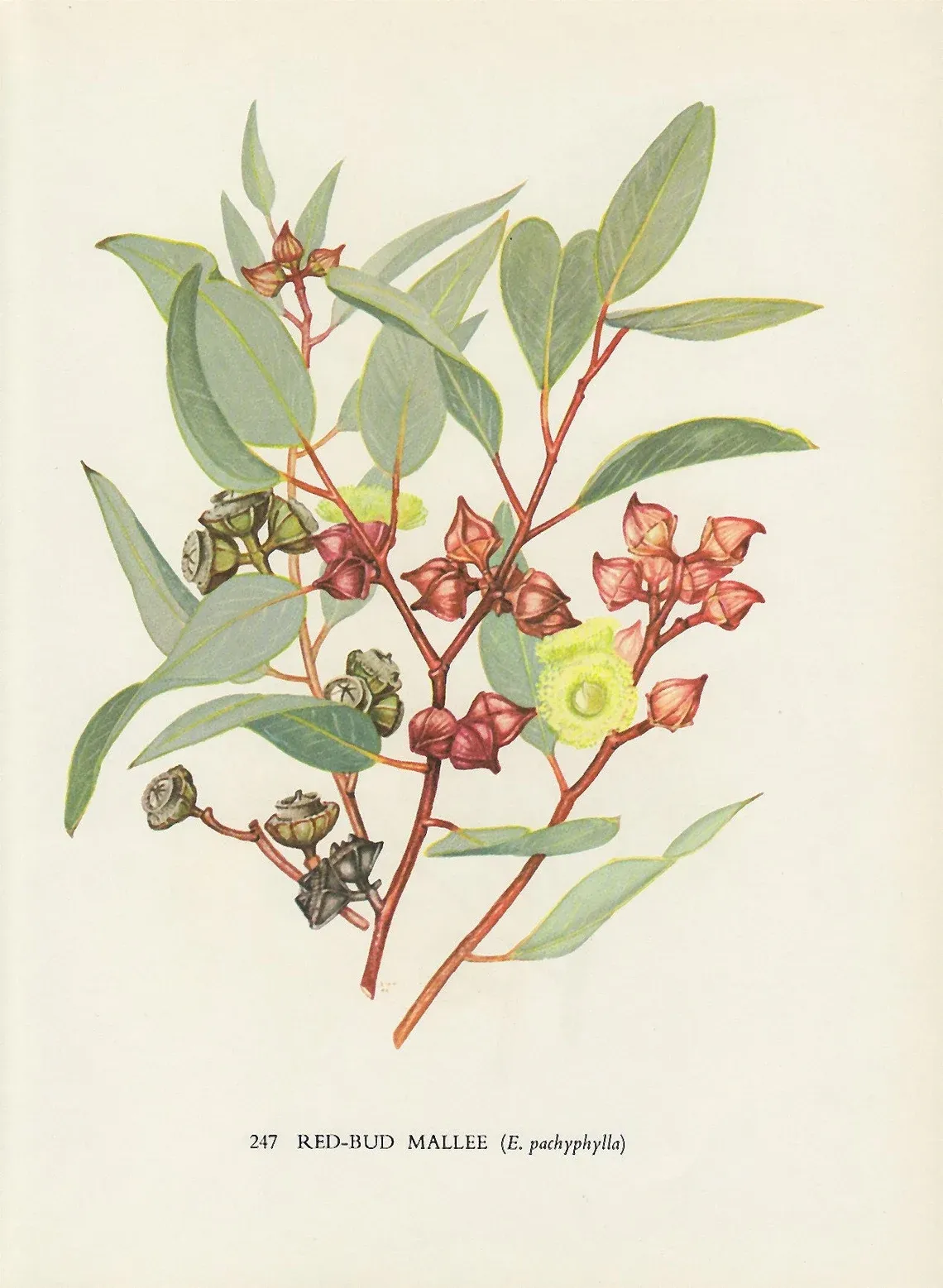
In the past we were blissfully asleep. Now, in our collective awakening we have the opportunity to viscerally experience dreamtime on some attenuated level. To take small achievable steps towards reconciliation from our own backyards. Courtesy of the resident sages whose wisdoms spans more generations than we've had hot BBQ dinners.
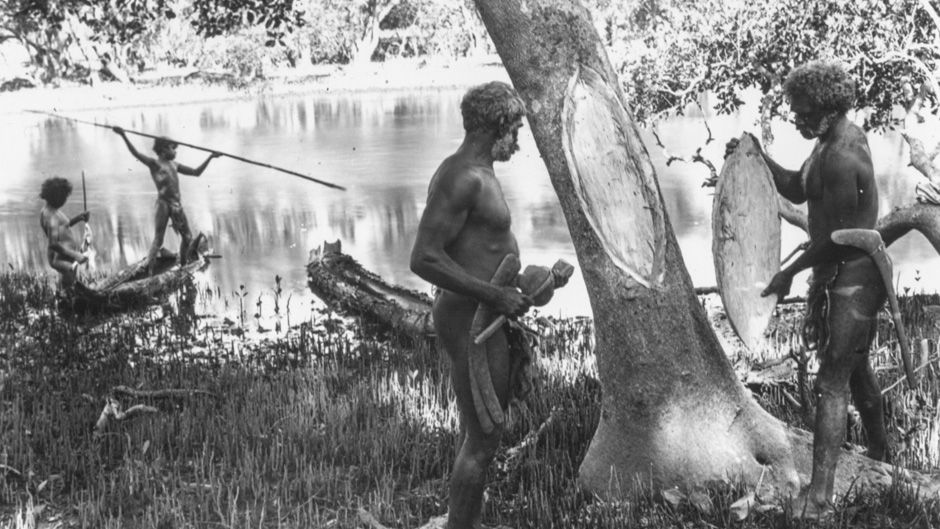
We can be present as valuable allies not uninvited guests who are going to trash the place. Firing up our Aussie outdoor kitchens of all shapes & sizes to put another shrimp on the barbie [seasoned with homegrown bush tucker] need not be an act of defiance or ignorance. Rather a delicious ascension of both.
